How Cars Get to China: 2025 Complete Guide for Importers & Logistics Managers You've sourced the perfect vehicles overseas, negotiated a great price, and now face the real challenge: getting those cars safely and efficiently to China. Whether you're a dealership owner sweating over delivery timelines, a logistics manager battling customs clearance headaches, or an entrepreneur exploring the booming parallel import market, understanding the intricate journey of "车是怎么运到中国的" (how cars are transported to China) is critical to your bottom line and customer satisfaction. Delays mean capital tied up, damaged vehicles lead to warranty claims and lost trust, and unexpected fees can obliterate profit margins. In 2025, with shifting regulations and evolving market demands like the surge in new energy vehicle (NEV) imports, getting the transportation process wrong isn't just inconvenient; it's a significant business risk.
The most common and cost-effective method for moving vehicles long distances to China is Roll-on/Roll-off (RoRo) shipping. Imagine massive vessels, often longer than three football fields, designed specifically with internal ramps and multiple decks. Cars are literally driven or towed onto the ship at the origin port (like Bremerhaven in Germany, Yokohama in Japan, or Baltimore in the USA), secured in place, and then driven off at the destination port in China (Shanghai, Tianjin, or Guangzhou Nansha being major hubs). It's efficient for large volumes. According to recent industry data (Q1 2025), RoRo accounts for over 80% of finished vehicle imports into China for standard passenger cars and SUVs due to its scalability.
For vehicles that can't be driven under their own power (prototypes, damaged cars, or non-standard/low-ground-clearance vehicles like certain supercars), or for maximum protection, containers are used. Vehicles are carefully loaded into 20-foot or 40-foot standard shipping containers using specialized ramps and secured internally. While significantly more expensive than RoRo (costs can be 2-3 times higher per unit based on late 2024 freight quotes), it offers superior protection from salt spray and physical damage. This method is crucial for high-value vehicles or when RoRo space is scarce.
The Critical Role of Customs Clearance: Your Gateway to China
This step can make or break your import timeline. Before the ship even sails, the Chinese importer of record (IOR) - which could be you, your authorized agent, or a licensed parallel importer - must provide essential documentation to Chinese customs. Key documents include the Commercial Invoice, Bill of Lading, Packing List, Certificate of Origin, and crucially, the China Compulsory Certificate (CCC) or proof of exemption/parallel import authorization. Missing or incorrect paperwork is the single biggest cause of delays at ports like Ningbo Zhoushan, where average clearance times for incomplete submissions can stretch to 10+ working days as per recent port authority advisories (April 2025). Preparation is paramount.
Customs officers physically inspect the imported vehicles to verify details like VIN, engine number, mileage, and condition against the submitted paperwork. They also assess the customs value (CIF value: Cost, Insurance, Freight) to calculate the duties and taxes payable. As of May 2025, standard passenger vehicle imports face:
- Customs Duty: Typically 15% of CIF value.
- Value Added Tax (VAT): 13% calculated on (CIF value + Customs Duty).
- Consumption Tax: Progressive rate based on engine displacement (e.g., 1% for 1.0L-1.5L, scaling up to 40% for >4.0L). NEVs often benefit from duty exemptions and reduced VAT calculations. Licensed parallel importers utilize specific quotas and procedures. Under-declaration is a severe violation leading to heavy fines or seizure.
Tackling the Unique Challenges of New Energy Vehicles
Transporting electric vehicles (EVs) and plug-in hybrids (PHEVs) adds significant complexity. International Maritime Organization (IMO) regulations strictly govern the shipment of lithium-ion batteries, classified as dangerous goods. Shippers must provide detailed test summaries proving battery safety (UN38.3 certification), ensure state of charge (SoC) levels are typically below 30% to mitigate fire risk, and adhere to specific labeling and stowage requirements on vessels. A new battery safety testing protocol announced by Chinese authorities in March 2025 requires additional documentation for certain high-capacity battery packs, adding a layer of compliance for importers.
Once cleared through customs, NEVs face specific domestic regulations. They must be registered in China's national NEV monitoring and management platform. Furthermore, accessing government subsidies (where applicable) requires meeting specific technical criteria and sourcing requirements. The administrative process for subsidy applications, particularly for parallel imports, can be intricate and time-consuming, impacting cash flow if not managed proactively. Logistics managers need to factor in these post-clearance steps.
Minimizing Risks and Maximizing Efficiency: Best Practices for 2025
Protecting your investment is non-negotiable. Comprehensive Marine Cargo Insurance covering physical loss or damage from perils of the sea, theft, fire, and jettison is essential. Consider extensions for land transportation after offloading if moving vehicles inland. Specialized policies covering risks unique to NEVs are also available. Don't rely solely on carrier liability limits, which are often minimal. A single total loss without adequate insurance could cripple a smaller import business.
Partnering with an experienced freight forwarder specializing in automotive logistics is arguably the most impactful decision you can make. They handle the labyrinth of documentation, book optimal shipping space (crucial during peak seasons like Q4 2025), liaise with customs brokers at the destination port, coordinate terminal handling charges (THC), and arrange onward inland transportation via car carriers or secure trucking. Their expertise in navigating the "车是怎么运到中国的" process, especially the nuances of ports like Qingdao or Xiamen, and staying current with 2025 regulations, saves immense time, reduces risk, and prevents costly errors. Look for forwarders with proven China auto import experience and strong port relationships.
The Final Mile: From Chinese Port to Customer Doorstep
Once customs cleared and duties paid, vehicles need to move out of the port terminal. Delays here incur rapidly mounting demurrage and storage charges. Reliable local trucking partners using specialized car carriers are vital for moving vehicles to dealerships, distribution centers, or directly to end customers. For national dealership networks, this involves complex logistics coordination across vast distances. Real-time tracking systems offered by forwarders provide crucial visibility during this final phase. For parallel importers aiming for premium customer service, offering direct, secure delivery to the buyer's location is a key differentiator.
Optimizing Your Car Import Strategy for Success
The journey of "车是怎么运到中国的" involves meticulous planning, strict regulatory compliance, specialized logistics handling, and proactive risk management. From choosing the right shipping method (RoRo vs. Container) and navigating complex customs clearance with accurate paperwork (especially the CCC mark or parallel import permits), to handling the specific challenges of NEVs (dangerous goods regulations, battery SoC, subsidy registration) and managing the critical final delivery leg, each step requires expertise.
Partnering with a seasoned specialist like 奇迹购跨境物流平台 transforms this complex process. We provide end-to-end solutions tailored to auto importers: precise documentation handling, competitive RoRo/container bookings, expert customs brokerage across all major Chinese ports, specialized NEV shipping compliance, comprehensive insurance options, and seamless inland distribution. We stay ahead of 2025 regulations like the new battery documentation rules, ensuring your vehicles move smoothly and profitably from origin to destination.
Ready to streamline your car imports into China and eliminate the headaches? Contact 奇迹购跨境物流平台 today for a personalized consultation and competitive quote. Let our expertise drive your success.
就是由"奇迹购跨境物流平台"为您带来的《How Cars Get to China: 2025 Complete Guide for Importers & Logistics Managers》深度解析,获取更多专业进口物流干货,请持续关注我们!
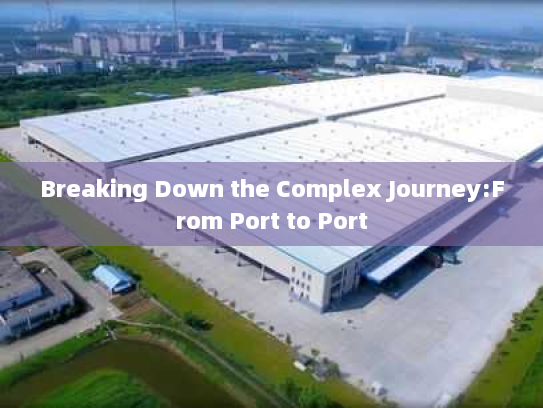
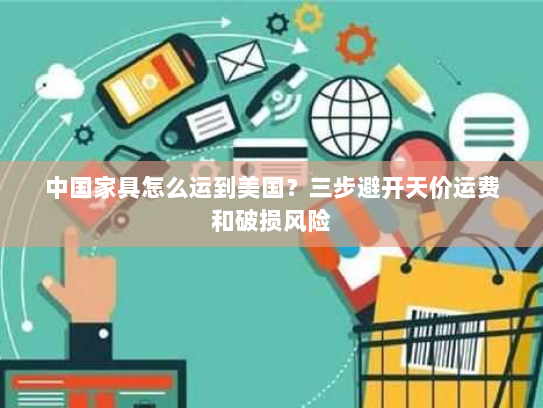

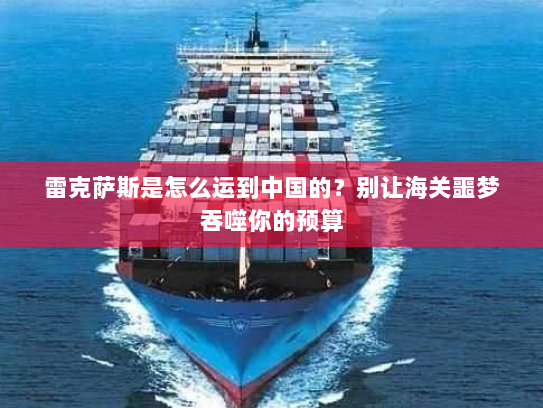
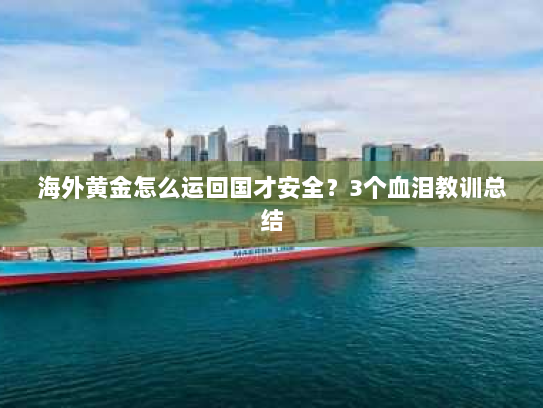


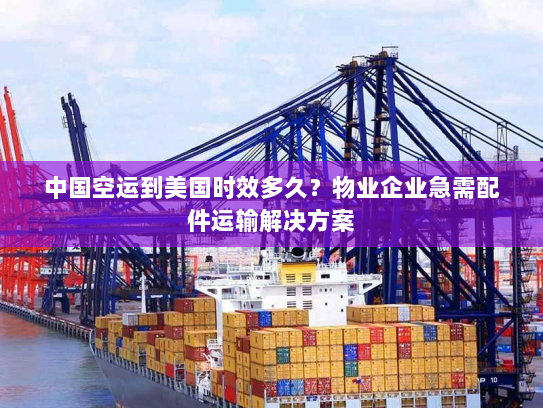

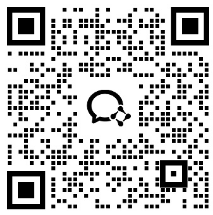
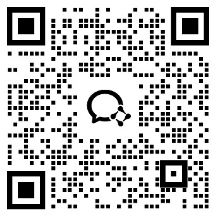
发表评论
2025-11-15 05:51:07 回复该评论
2025-07-01 09:08:34 回复该评论
发表评论: